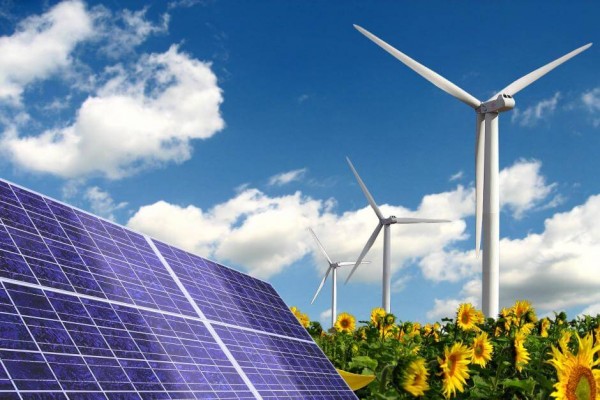Electricity is a significant part of our daily lives and has the same amount of value as the water we drink or the food we eat. From a mere push of a button, electric energy is transferred from the power source to the component you’d like to activate to work. Electric energy is active as soon as you either plug in a device or appliance by pressing a single switch or button. It plays an important role in society and is crucial in both our home and work environments.
Not only does electrical energy play a role in our lives today, it also plays an even bigger role in the future. Energy is generated by activating particles that flow through a medium. These particles are moved by electrical energy.
Energy in its simplest form is the ability to do work that cannot be created or destroyed. It is thus only transferrable to an object for it to be able to perform and work by itself.
Different Types of Energy
Electrical energy is derived from a source of movement that involves an electrical charge. This type of energy is always either kinetic or potential based energy.
Kinetic Energy
When the electrical energy reaches a point where it flows continuously, it turns into kinetic energy. As the movement of electric charges increases, the amount of electric energy carried increases.
Potential Energy
Electric energy is known as potential energy because charged particles allow for it to be stored.
Static electricity is a form of potential energy that typically results from an imbalance of an electrical charge inside the material. When an electrical charge is present, an electric field is produced.
How Electrical Energy Works
Electrons and protons are two crucial elements that allow for the activation of electricity. These refer to the particles of positives and negatives that work together to create electricity, like with batteries.
Daily usage of electricity is derived from power plants by converting natural resources such as water, wind energy, the sun, which are all renewable, as well as non-renewable resources including oil, natural gas and coal. Whichever of these energy resources are used, include a connection to a big magnet of rotating coils with wires which produces an electrical current. During this process, it is sent to a substation in the surrounding area via the use of a power grid that uses high-voltage transmission lines.
Generated voltage gets reduced and is eventually distributed through power lines that provide energy to homes. This is the most common method to generate and distribute electric energy for homes.


